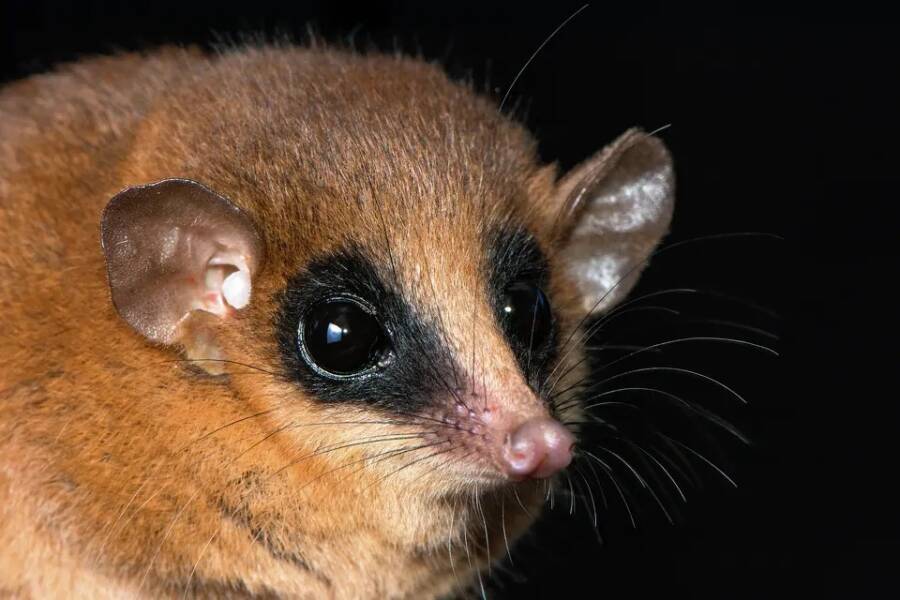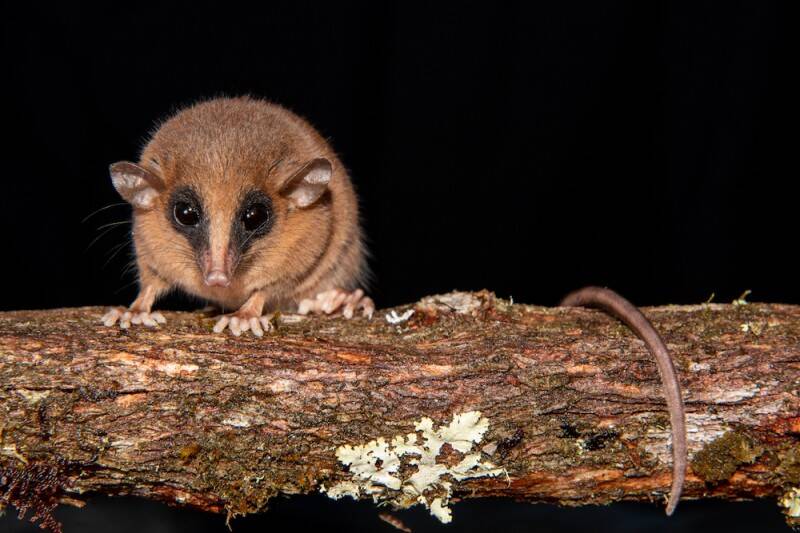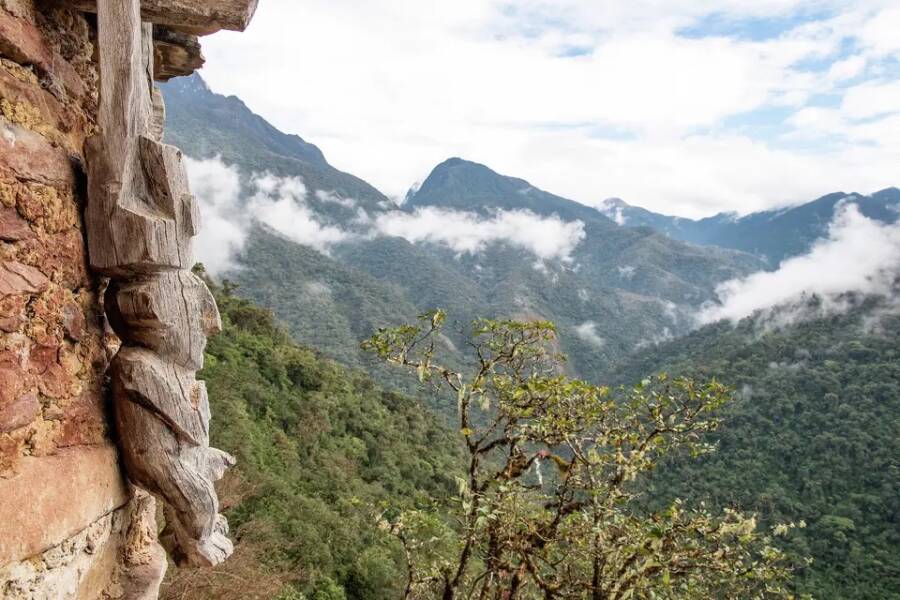The new animal, named Marmosa chachapoya, was found at an altitude of 8,740 feet in the Peruvian Andes.

Pedro PelosoMarmosa chachapoya, the marsupial previously unknown to science.
When biologist Silvia Pavan, a professor at Cal Poly Humboldt, set out in 2018 on an expedition to Peru’s remote Río Abiseo National Park in search of a rare squirrel, she hadn’t planned on making history. But what she trapped was entirely unexpected: a new species of marsupial.
The animal, named Marmosa chachapoya, is a tiny mouse opossum with reddish-brown fur and a mask-like facial pattern. Its body length is about four inches, but with its tail, it measures about 10 inches total — the tail exceeds the length of the body. Its discovery occurred in the “cloud forests” at an elevation of approximately 8,740 feet above sea level, much higher than where mouse opossums are typically found.
An “Unusual” New Marsupial Species From Peru

Silvia PavanThe research team at Río Abiseo National Park.
Silvia Pavan, in a statement about the unique creature, said she realized “immediately that this was something unusual.” But turning that hunch into a formal species name took years of work. Her team compared the specimen both anatomically and genetically with known mouse opossums in museum collections, looking for any similarities and differences.
The newly identified species is described in the journal American Museum Novitates, with the study published in June 2025. The holotype, a single specimen, was caught on the eastern side of the Peruvian Andes.

Pedro PelosoOnly one specimen of this marsupial has been observed and examined scientifically.
According to the description, Marmosa chachapoya diverges from close relatives like Marmosa lepida and Marmosa andersoni thanks to its DNA differences, as well as its physical traits, such as its elongated snout.
The new species’ name pays tribute to the Chachapoya culture, an ancient society that once inhabited the very cloud forest where the marsupial was found, before the rise of the Inca Empire. As Pavan explained, using the term “Chachapoya” gave the discovery an ecological and cultural link, given that the species is “only known from that locality, which is a cloud forest.”
More Potential New Animal Species From The Peruvian Expedition

Silvia PavanLittle is known about the biodiversity of cloud forests, like the ones in the Peruvian Andes.
Marmosa chachapoya may not be the only surprise from the 2018 expedition, either. “Over half of the mammal species that we have seen during the expedition, they are not described by science,” Pavan told SFGATE. Among the yet-to-be-described specimens is a semiaquatic rodent.
Río Abiseo National Park is a UNESCO World Heritage Site and difficult to access — reaching its interior requires long treks and precise planning.
The new animal discovery — and the others that have yet to be announced — proves just how little is actually known about the biodiversity of high-altitude cloud forests in Peru. “It’s a reminder of the critical importance of scientific exploration and conservation in areas like Río Abiseo,” Pavan said.
Conservationists emphasized that documenting new species is essential: Naming them is the first step toward assessing their vulnerability and protecting and preserving their natural habitats.
As of now, only one Marmosa chachapoya specimen is known to science. While it’s now confirmed that it’s a previously undocumented species, many unanswered questions about the creature remain. Its full geographic range, population size, and natural history are still mysteries at this point. Researchers are hoping that future fieldwork will uncover more specimens.
It all began as a rare squirrel hunt. Instead, experts stumbled upon an animal species previously unknown to biology — one that now inhabits both the pages of scientific journals and the forests of the Peruvian Andes.
After reading about this unique new marsupial, learn about the moth enthusiast who discovered a new moth species in a London park. Then, take a look at the electric blue tarantula species recently discovered in Thailand.





